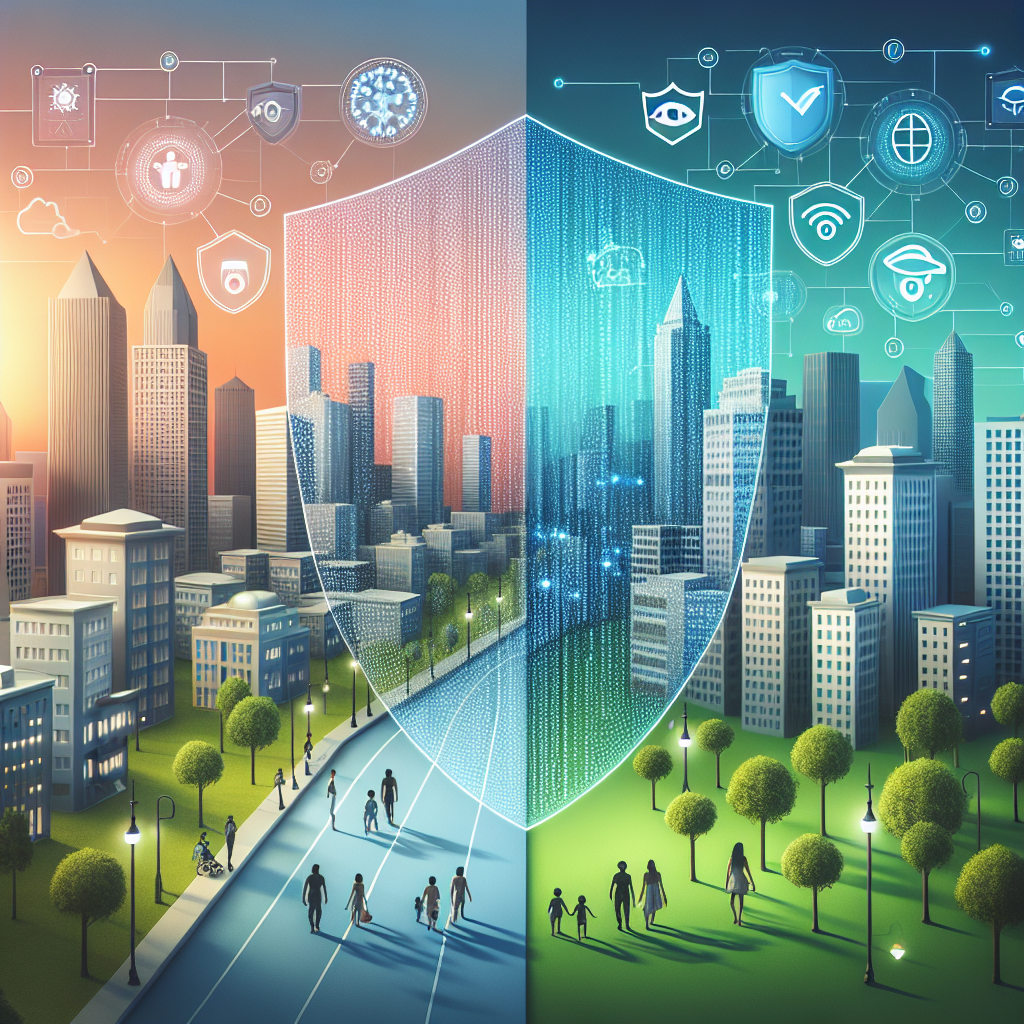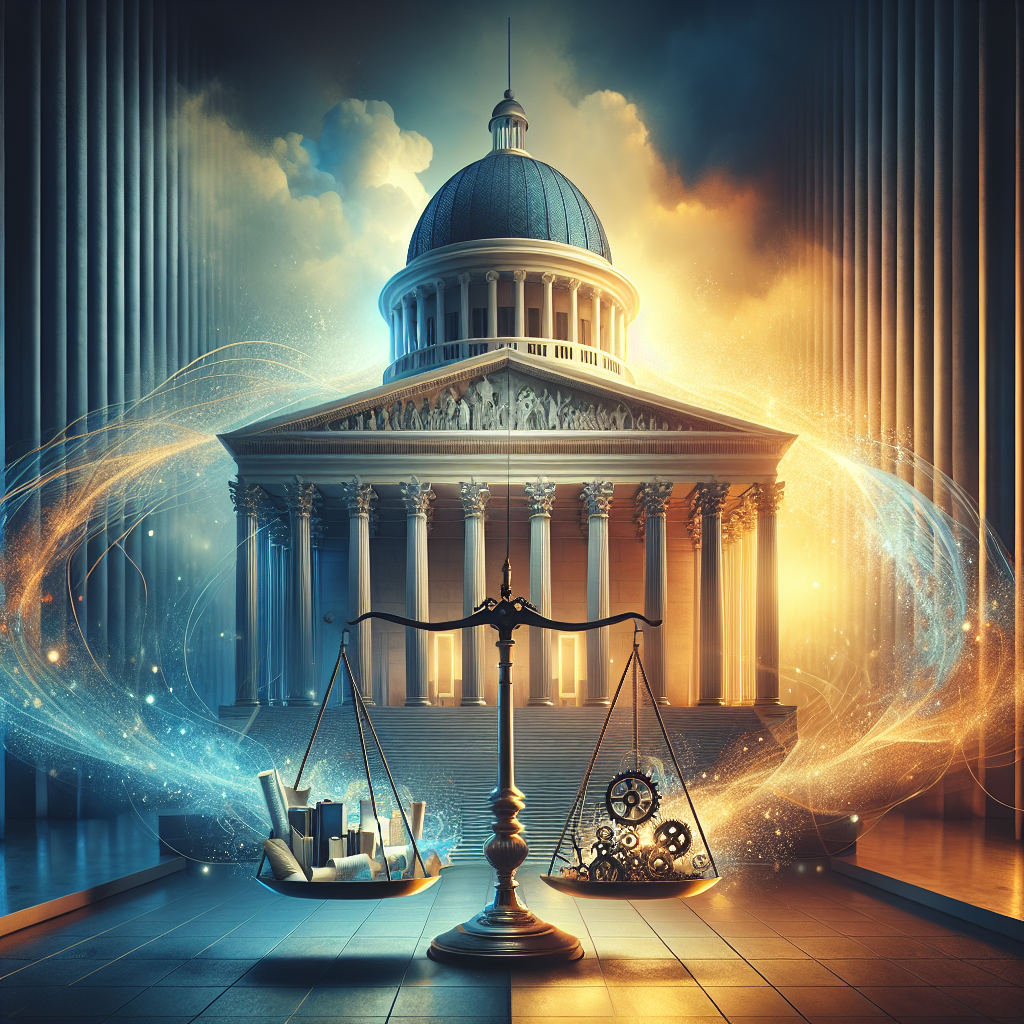The Influence of Political Parties on American Democracy
American democracy, a beacon of freedom and governance, is shaped by numerous elements, with political parties playing a pivotal role. From framing policies to influencing public opinion, political parties are integral to the democratic process. This blog post delves into the nuanced relationship between political parties and American democracy, exploring their historical roots, current impact, and future prospects.
The Historical Roots of Political Parties in America
The inception of political parties in the United States dates back to the early days of the republic. The Founding Fathers, despite their initial skepticism, witnessed the formation of factions that eventually evolved into the Federalist and Anti-Federalist parties. These early parties were instrumental in shaping the political landscape by advocating for differing visions of government power and economic policy.
As the nation grew, so did the complexity and influence of political parties. They became essential in organizing elections, mobilizing voters, and facilitating governance. By the time the 19th century rolled in, political parties were firmly entrenched in the American political system, each vying for influence and power in shaping national policies.
The Role of Political Parties in Contemporary American Democracy
Today, the two-party system, dominated by the Democrats and Republicans, is a defining feature of American democracy. These parties not only influence legislative processes but also play a crucial role in shaping public discourse and policy priorities.
Policy Development and Legislation: Political parties are key players in the development and enactment of policies. They provide a platform for candidates to run on and a structured approach to policy-making once in office. Through party platforms, candidates promise certain legislative agendas, which they strive to implement if elected.
Voter Mobilization and Education: Political parties are instrumental in mobilizing the electorate. They engage in extensive campaigns to educate voters about issues, rally support, and ensure high voter turnout during elections. This mobilization is critical in a democracy, as it empowers citizens to make informed choices at the ballot box.

Shaping Public Opinion: Through media, debates, and party platforms, political parties significantly influence public opinion. They highlight specific issues, frame narratives, and attempt to sway public perception in favor of their policy goals. This influence can be seen in the way parties use media to engage with constituents and promote their agendas.
The Challenges and Criticisms of Political Parties
Despite their critical role, political parties in America face several challenges and criticisms. The polarization of politics, often attributed to the two-party system, is a major concern. This polarization can lead to gridlock in government, where bipartisan cooperation becomes difficult.
Partisan Polarization: The increasing divide between the Democratic and Republican parties has led to heightened partisanship, where compromise is often elusive. This polarization can hinder effective governance and lead to a lack of progress on critical issues.
Voter Disenchantment: Many voters feel disillusioned with the two-party system, believing it limits choices and fails to represent diverse viewpoints. This disenchantment can result in lower voter turnout and a decline in public trust in the political process.
Influence of Money in Politics: The role of money in political campaigns has raised concerns about the integrity of the democratic process. Critics argue that political parties, in their quest for funding, may prioritize the interests of wealthy donors over those of ordinary citizens.
The Future of Political Parties in American Democracy
Looking ahead, political parties must adapt to the changing dynamics of American society to remain relevant and effective. This adaptation will require addressing issues such as inclusivity, transparency, and technological advancements in campaigning.
Embracing Diversity: As America’s demographic landscape continues to evolve, political parties must embrace diversity in their platforms and leadership. This inclusivity can help parties better represent the interests of all citizens and foster a more equitable democracy.
Harnessing Technology: The rise of digital media and advanced data analytics presents new opportunities for political parties. By leveraging technology, parties can engage with voters more effectively, tailor messages to specific audiences, and enhance their organizational capabilities.
Promoting Civic Engagement: To combat voter apathy, political parties should invest in initiatives that promote civic education and engagement. Encouraging active participation in the democratic process can strengthen democracy and ensure that all voices are heard.
Conclusion
Political parties are a cornerstone of American democracy, influencing everything from policy development to voter engagement. While they face challenges such as polarization and voter disenchantment, their role remains vital. By addressing these challenges and adapting to societal changes, political parties can continue to be a force for democratic governance and public empowerment.
FAQs
Q: Why are political parties important in a democracy?
A: Political parties are essential in organizing elections, mobilizing voters, and shaping policy agendas. They provide a platform for candidates, facilitate governance, and influence public opinion.
Q: How do political parties influence public opinion?
A: Political parties influence public opinion through media campaigns, debates, and party platforms. They frame narratives and highlight issues to sway public perception in favor of their policy goals.
Q: What are the main challenges facing political parties in America?
A: Challenges include partisan polarization, voter disenchantment, and the influence of money in politics. These issues can hinder effective governance and reduce public trust in the political process.
Q: Can political parties adapt to modern societal changes?
A: Yes, political parties can adapt by embracing diversity, leveraging technology, and promoting civic engagement. These adaptations can help them remain relevant and effective in representing citizens’ interests.





Leave a Reply
You must be logged in to post a comment.